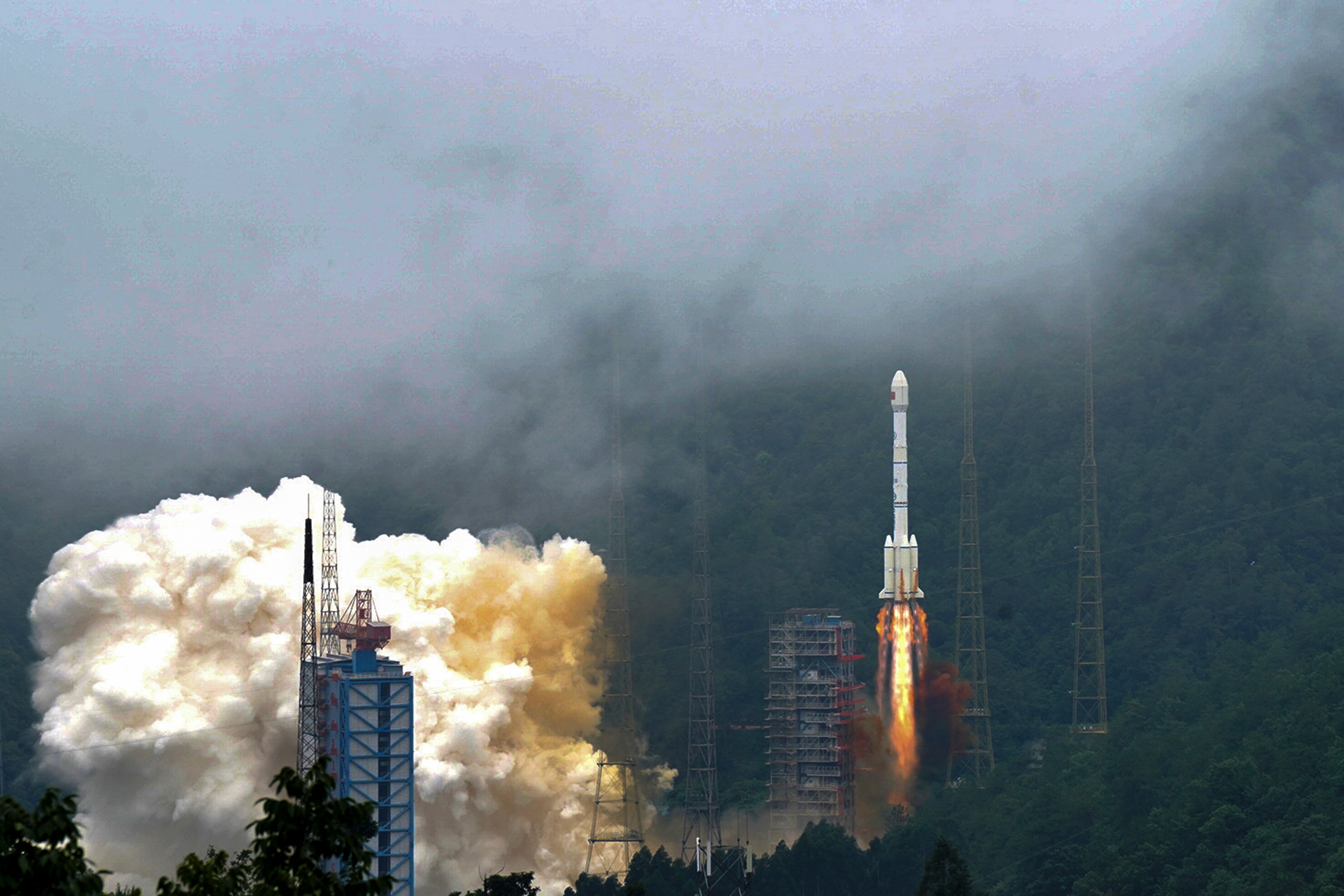WASHINGTON — Industry leaders again called for the U.S. to develop a “North Star” grand strategy to guide commercial, civil and military space activities, saying in a report that without a greater sense of urgency, America could lose its strategic and technological edge over China by 2032.
The recommendation is part of the 2022 State of the Space Industrial Base report, crafted by officials from the Defense Innovation Unit, the Air Force Research Laboratory and the Space Force. The document is the outgrowth of a workshop held this spring, during which more than 250 industry experts discussed the successes and challenges the space industry has faced in the last year.
Panel participants agreed that while the U.S. has made progress building its space industrial base, it’s failing to move forward fast enough to maintain a competitive advantage over China for the long-term. The body’s top recommendation for the fourth consecutive year is for the U.S. government to develop an overarching space strategy that brings together the priorities of the civil, commercial and national security space sectors, establishes shared goals and provides an alternative to China’s blueprint.
“It’s really the idea that the United States should develop a grand strategy for space and America’s future in it – not just for three years from now, five years from now, 10 years from now, but for the 21st Century,” Steve Butow, director of the space portfolio at DIU, said during an Aug. 24 event hosted by the Atlantic Council to discuss the report’s findings. “By painting our long-range vision, we can roadmap how we achieve that space future which is most desirable.”
Private investment in the commercial space sector nearly doubled to $15.4 billion in 2021, according to the report, and advances in analytics, satellite imagery and broadband communications have been on full display in Ukraine’s fight against Russia. As American companies made gains in space technology, China is developing robust counter-capabilities with an aim to surpass the U.S. as the global leader by 2045. Industry leaders say that amid a lack of urgency and unity across the U.S. government, China may reach its goal ahead of schedule.
While there are isolated bright spots across NASA and Department of Defense, “the sense of urgency is not universally shared — especially within the vast bureaucracy that is constructively delaying U.S. commercial progress through regulatory burden,” according to the report. “As a result, our advantage continues to slip.”
For the Pentagon in particular, the report emphasizes a need for greater adoption of commercial technologies and services. One recommendation calls for DoD to develop a process to rapidly acquire commercially-sourced capabilities for both the U.S. and its allies.
The panel also wants Space Force to spend at least 20% of its annual budget on commercial services, a recommendation that originated in its 2021 report. Industry participants said that while the expectation was that the service’s fiscal 2023 budget request would reflect a shift to greater use of off-the-shelf capabilities, “the giant pivot people were hoping for is just not happening.”
Col. Eric Felt, deputy executive director of the Space Force’s Architecture, Science and Technology Directorate, said the service is looking at ways to speed up its commercial acquisition process.
“There are always new capabilities coming in space, and a lot of those are potentially useful to the DoD,” he said during the report rollout event. “We should buy a little of those and experiment with them quickly and then buy more of the things that have been shown to have value so that we can quickly operationalize them.”
Courtney Albon is C4ISRNET’s space and emerging technology reporter. She has covered the U.S. military since 2012, with a focus on the Air Force and Space Force. She has reported on some of the Defense Department’s most significant acquisition, budget and policy challenges.




